Select an Orthopaedic Specialty and Learn More
Use our specialty filter and search function to find information about specific orthopaedic conditions, treatments, anatomy, and more, quickly and easily.
GET THE HURT! APP FOR FREE INJURY ADVICE IN MINUTES
Shoreline Orthopaedics and the HURT! app have partnered to give you virtual access to a network of orthopaedic specialists, ready to offer guidance for injuries and ongoing bone or joint problems, 24/7/365.
Browse Specialties
-
- Arthritis
- Elbow
- Joint Disorders
Elbow Arthritis
Elbow arthritis is a common cause of elbow pain and stiffness, but is less common than arthritis in other joints of the body. Arthritis is the loss of the normal protective cartilage that covers the bones. When this cartilage or “padding” of the bone breaks down and is lost, areas of raw bone become exposed. When large areas of bone are exposed, they grind against each other with standing and walking. This is “bone on bone” arthritis and is usually painful.
More Info -
- Hip
- Joint Disorders
Hip Osteonecrosis
Osteonecrosis of the hip is a painful condition that develops when the blood supply to the femoral head is disrupted. Without adequate nourishment, the bone in the head of the femur dies and gradually collapses. This causes the articular cartilage covering the hip bones to also collapse, leading to disabling arthritis and destruction of the hip joint.
More Info -
- Joint Disorders
- Knee
- Minimally Invasive Surgery (Arthroscopy)
Knee Arthroscopy
Arthroscopy is a minimally invasive surgical procedure used by orthopaedic surgeons to visualize, diagnose and treat problems inside the joint. Your doctor may recommend knee arthroscopy if you have a painful condition that does not respond to nonsurgical treatments such as rest, physical therapy, and medications or injections to reduce inflammation.
More Info -
- Fractures, Sprains & Strains
- Ligament Disorders
- Muscle Disorders
- Neck and Back (Spine)
Low Back Pain
The most common causes of lower back pain are strains and sprains to the muscles, tendons or ligaments of the low back, ranging from simple overstretching injuries to partial or complete tears. the muscles surrounding the injured area typically become inflamed, causing back spasms that result in severe lower back pain and difficulty moving.
More Info -
- Foot & Ankle
Morton’s Neuroma
Morton’s neuroma is not actually a tumor—it is a thickening of the tissue that surrounds the digital nerve leading to the toes. Morton’s neuroma most frequently develops between the third and fourth toes, and occurs where the nerve passes under the ligament connecting the toe bones (metatarsals) in the forefoot.
More Info -
- Foot & Ankle
- Ligament Disorders
Plantar Fasciitis
Although the plantar fascia is designed to absorb the high stresses and strains placed on the feet, sometimes too much pressure can damage or tear these tissues. The body’s natural response to such an injury is inflammation, which results in heel pain and stiffness of plantar fasciitis.
More Info -
- Arthritis
- Physical Medicine & Rehabilitation (PM&R)
- Shoulder
Shoulder Arthritis
Over time, the shoulder joint frequently becomes arthritic, with bone spur formation and loss of cartilage between the bones. This can cause pain in the top of the shoulder with overhead movement or reaching across the body. It can also cause tenderness or pain with pressure, such as from a back pack or bra strap.
More Info -
- Joint Disorders
- Minimally Invasive Surgery (Arthroscopy)
- Shoulder
Shoulder Arthroscopy
Shoulder arthroscopy may relieve the painful symptoms of many problems that damage the rotator cuff tendons, labrum, articular cartilage, or other soft tissues surrounding the joint. This damage may be the result of an injury, overuse, or age-related wear and tear.
More Info -
- Joint Disorders
- Shoulder
- Sports Medicine
Shoulder Dislocation
A dislocated shoulder occurs when the head of the upper arm bone (humerous) is either partially or completely out of its socket (glenoid). Whether it is a partial dislocation (subluxation) or the shoulder is completely dislocated, the result can be pain and unsteadiness in the shoulder.
More Info -
- Diagnostics & Durable Medical Equipment (DME)
Traditional X-RAY, CT Scan, MRI
Diagnostic imaging techniques are often used to provide a clear view of bones, organs, muscles, tendons, nerves and cartilage inside the body, enabling physicians to make an accurate diagnosis and determine the best options for treatment. The most common of these include: traditional and digital X-rays, computed tomography (CT) scans, and magnetic resonance imaging (MRI).
More Info -
- Fractures, Sprains & Strains
- Hand & Wrist
- Joint Disorders
- Ligament Disorders
- Sports Medicine
Wrist Sprains
Sprained wrists are often caused by a fall, such as onto an outstretched hand, or when the joint is bent forcefully or suddenly twisted. Wrist sprains are graded according to the degree of injury to the ligaments, and they can range from mild to severe.
More Info

